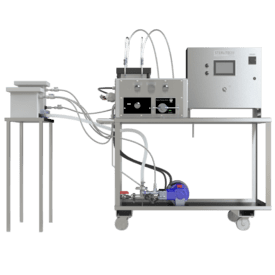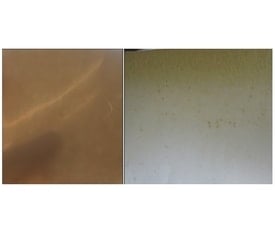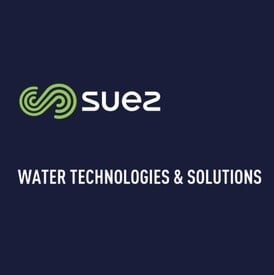Our new Convertible Skid system is specifically designed as a high-pressure system for pressure driven membrane filtration (such as Reverse Osmosis) that can be conveniently converted to perform as either an osmotically driven (such as Forward Osmosis) or a temperature driven process (such as Membrane Distillation) without the need for any additional parts or equipment. This unique capability creates versatility for both industry and academia where research priorities evolve over time.
Features and benefits of the Convertible skid:
- Designed to operate at high and low pressures
- Convertible






![Join Sterlitech at BIO 2024 [Booth #5558]: Exploring the Future of Biotechnology](https://www.sterlitech.com/media/magefan_blog/b4.jpeg)

